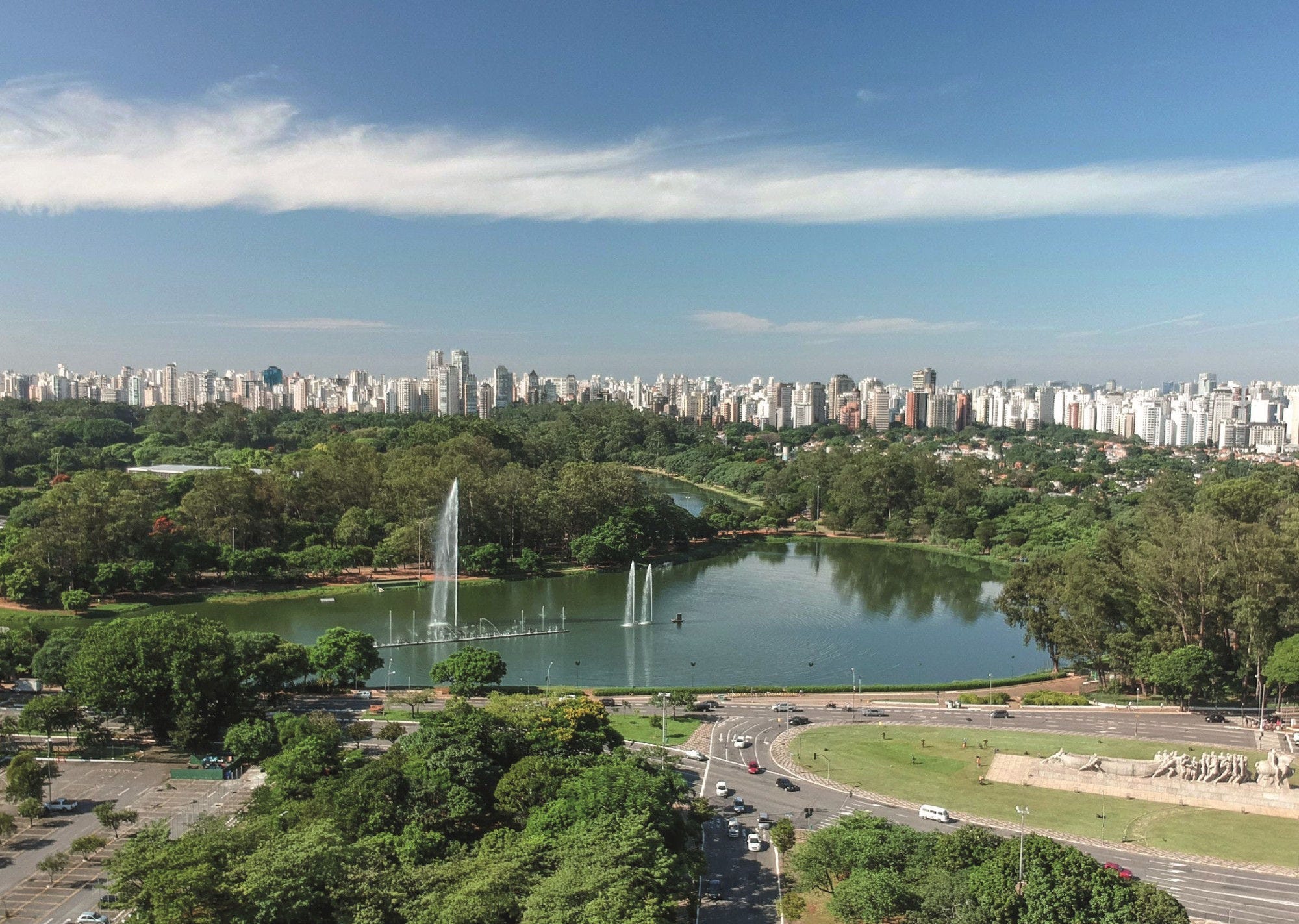Well-designed and well-implemented regulations provide standards and guidelines for industry practices, and promote a level playing field, encouraging competition, innovation and efficiency. Regulatory policy establishes the practical and institutional arrangements to design, implement, enforce and review regulations. Practical arrangements refer to the tools policy makers need to develop regulations that work well in practice and deliver the expected outcomes. Institutional arrangements refer to the oversight of the use of these tools, and co-ordination at all levels of government to ensure their consistent use and implementation.
Almost all the Latin American and Caribbean (LAC) countries surveyed (10 out of 11, or 91%) have published documents promoting government-wide regulatory reform or regulatory quality improvement, covering different policy areas. The scope of these documents differs from country to country, but in all 10 they include stakeholder engagement, regulatory impact assessment (RIA), ex post evaluation, administrative simplification and intra-governmental coordination. In the last three years, most of the surveyed LAC countries have enacted at least one new policy instrument on regulatory policy, either to expand the scope of existing regulatory instruments or to adopt new ones. For instance, in 2020, Brazil enacted a decree to implement the RIA process, while in 2022 Chile enacted a Presidential Instructive for improving the RIA process and facilitating stakeholder engagement. Similarly, the Dominican Republic enacted the Law on Better Regulation and Administrative Simplification in 2021, which mandates stakeholder engagement, RIA and ex post evaluation for the development and review regulations, while Peru enacted a decree in 2021 to improve its institutional framework for better regulation (Figure 5.1).
In the last few years, there has been a surge in the number of LAC countries that have either created regulatory oversight bodies (ROBs) or given existing ROBs new oversight functions over one or more regulatory policy areas. By 2022, 10 out of 11 surveyed LAC countries had a ROB in place; the exception is Paraguay, which is in the very early stages of adopting regulatory policy. Brazil, Chile, and the Dominican Republic have recently created new ROBs responsible for overseeing stakeholder engagement, RIA and administrative simplification. In Brazil and the Dominican Republic, the ROBs also have a mandate to oversee ex post evaluations. The oversight functions of Peru’s ROB now include both stakeholder engagement and RIA. Some LAC countries have institutions dedicated exclusively to regulatory oversight functions, such as El Salvador’s Regulatory Improvement Agency (OMR) and Mexico’s National Commission for Better Regulation (CONAMER). In other LAC countries these functions are carried out by a department within a ministry, along with other functions. Four of the surveyed LAC countries have more than one ROB with different oversight mandates, which require policy makers to report to and co-ordinate with different ROBs. To enhance co-ordination, many OECD countries choose to locate their ROBs close to the centre of government (OECD, 2021). The LAC region follows a similar pattern, with 70% of countries surveyed basing one ROB at the centre of government, while the rest base them within a ministry (Table 5.1).
Sub-national governments play a crucial role in ensuring regulations are carried out effectively within their own areas of responsibility. Effective co-ordination is therefore essential if regulatory policy is going to be consistently applied across different levels of governments. Only Brazil, Costa Rica, Mexico and Peru have mechanisms for ensuring consistency between central and other government levels in the development and review of regulations and the implementation of regulatory policy, one more country than 2019. Strikingly, 7 out of 11 countries (64%) still do not have any co-ordination mechanisms at the subnational level in place, even though they have enacted policies mandating it (Figure 5.2).



